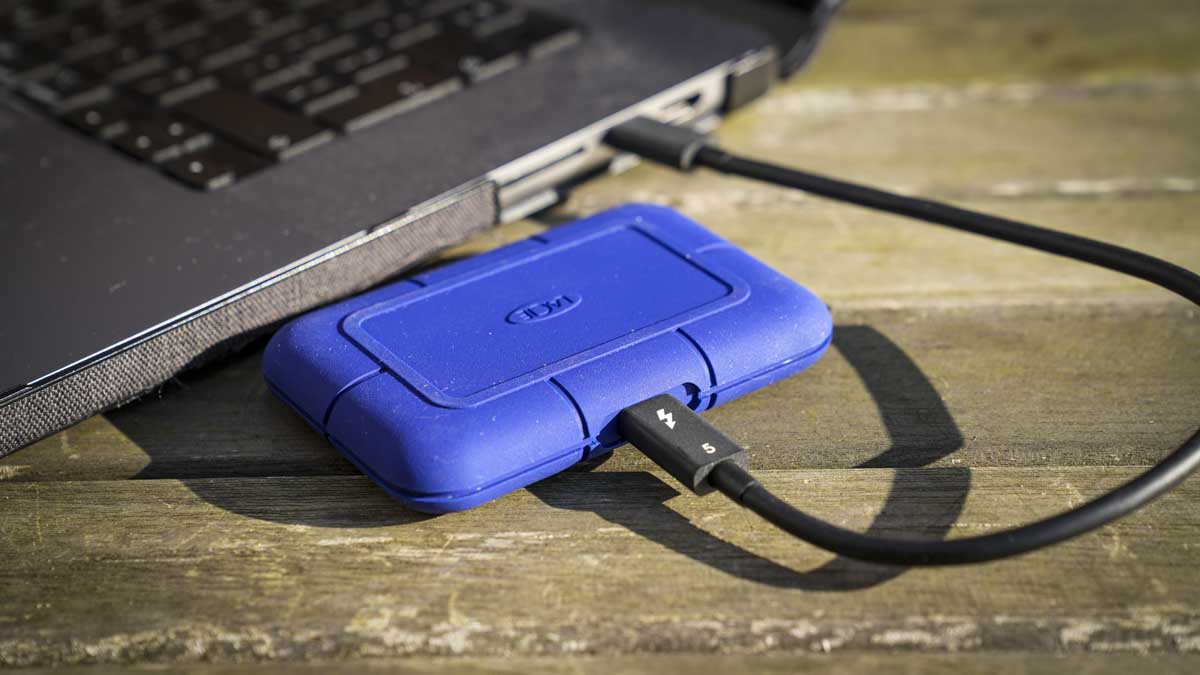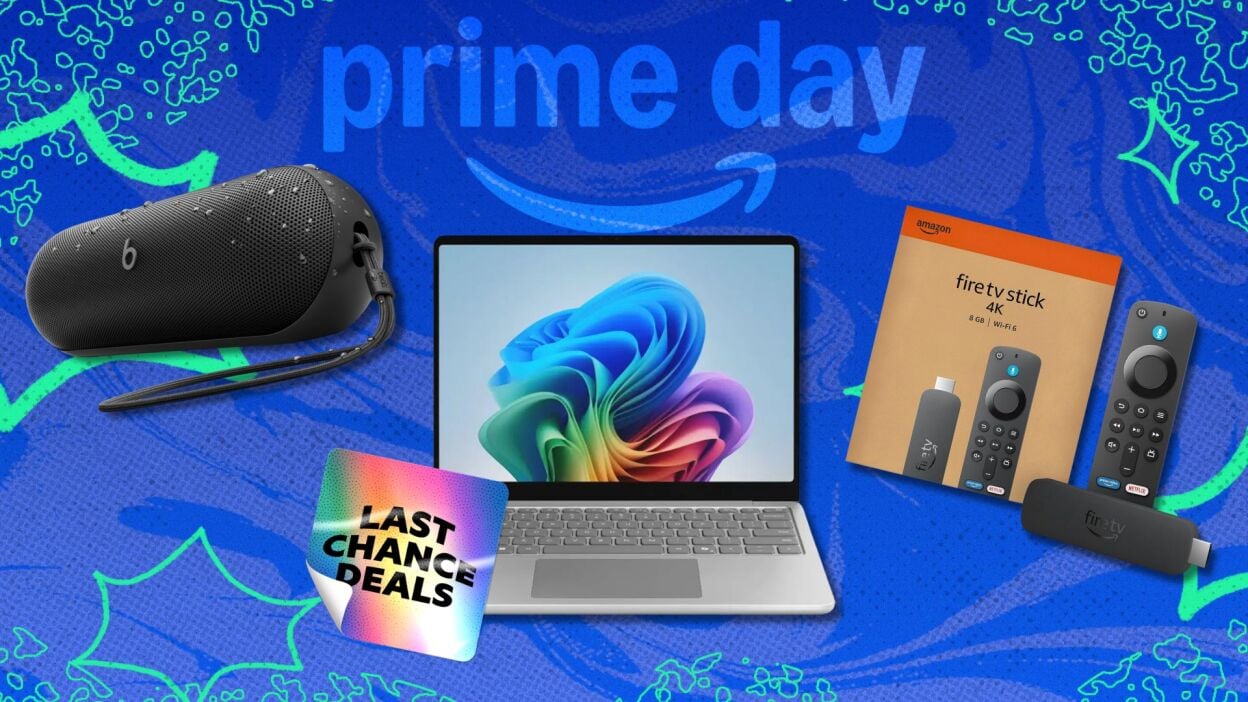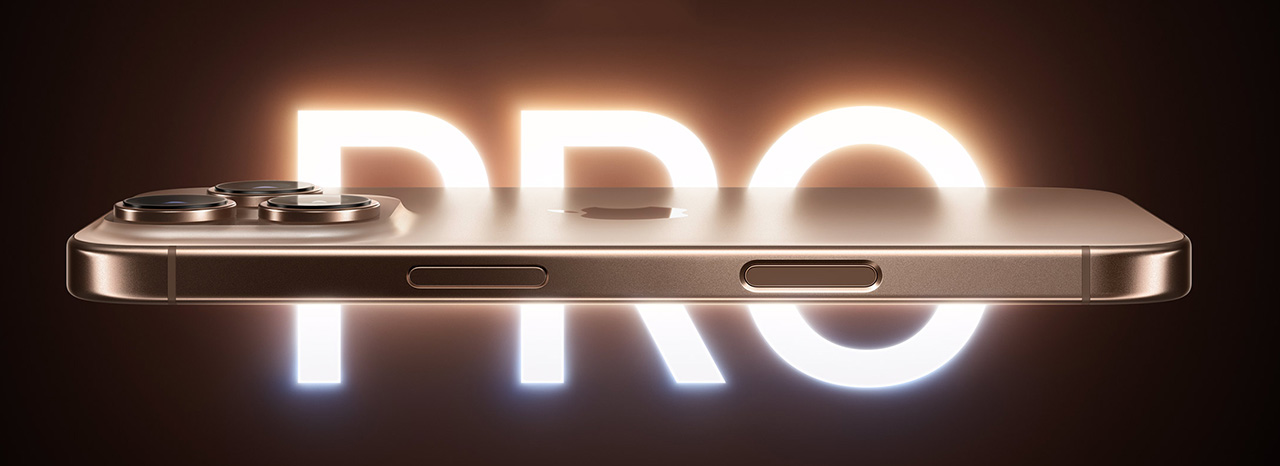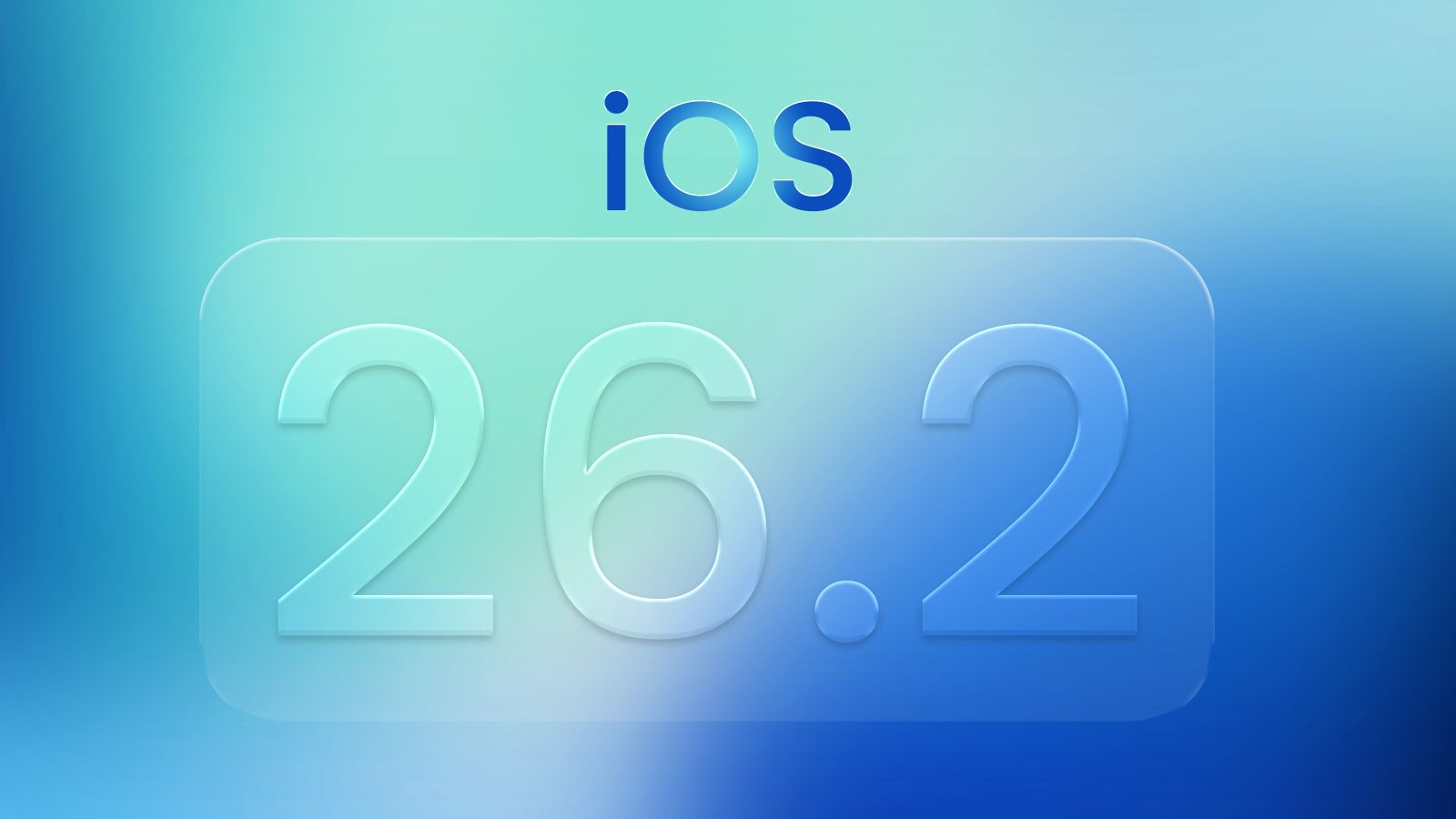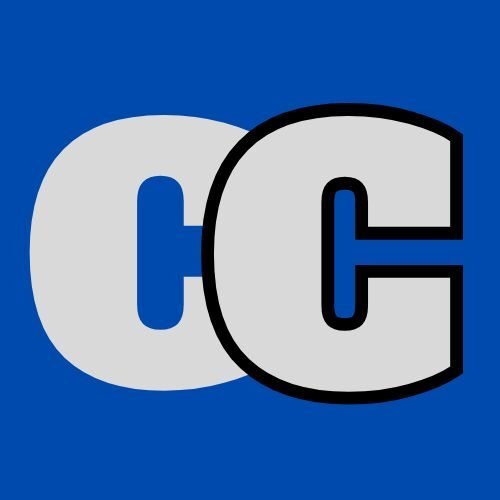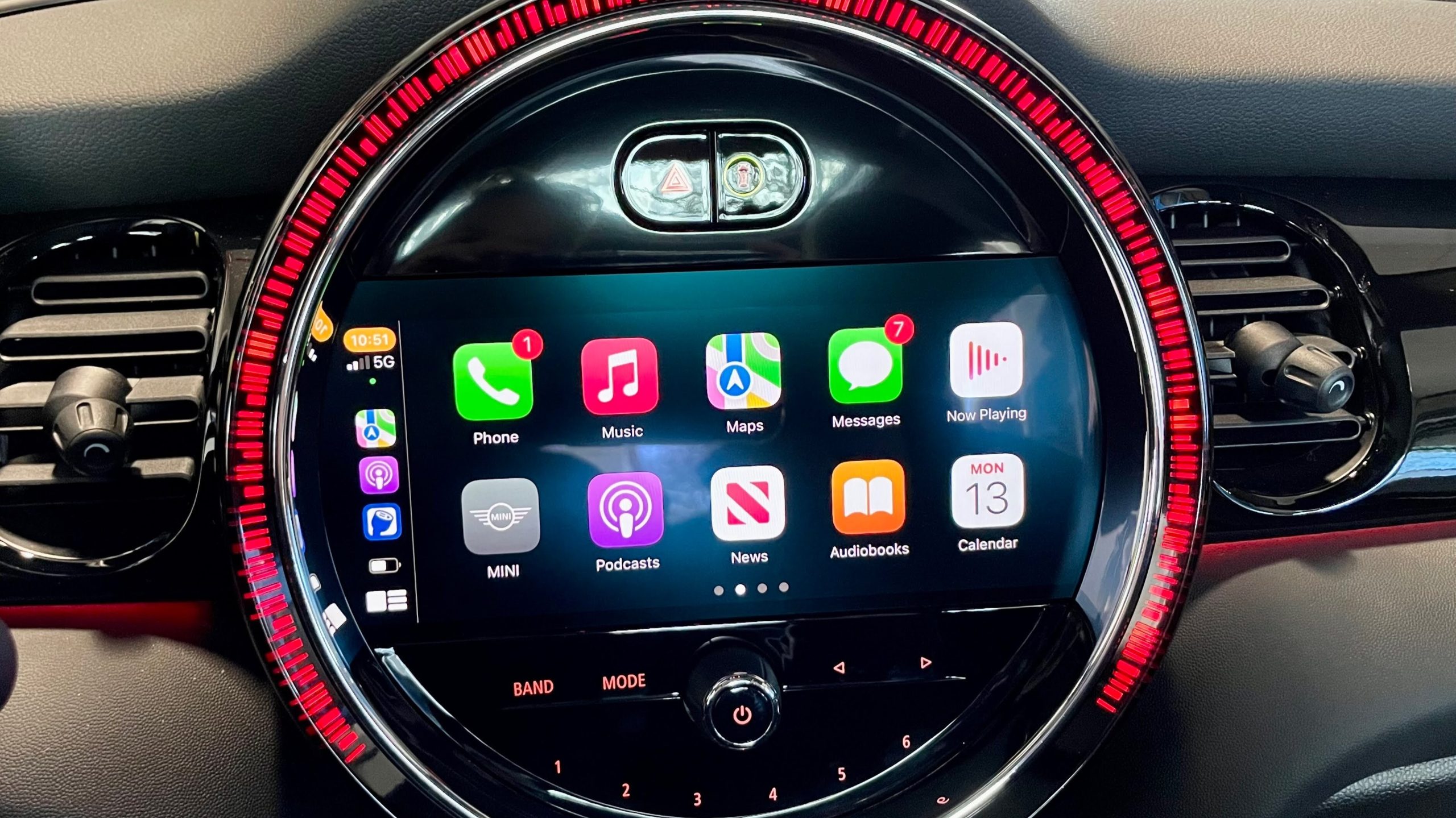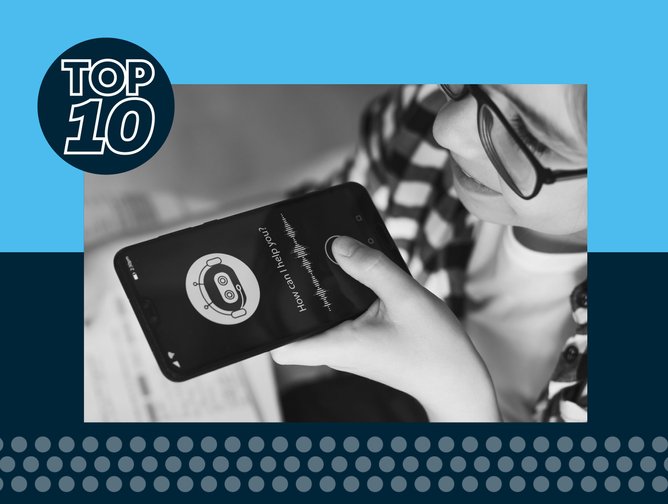The Television Trend Taking Over Premium Streaming Services
While cable television has largely fallen out of favor in favor of a more personalized TV streaming experience, a notable issue remains in today’s TV viewing: Prices are on the rise. Numerous streaming services hike their subscription rates year after year. Signing up for a streaming app because of intriguing show selections and pricing can swiftly turn problematic when the service starts to seem pricier than its value.
This dissatisfaction has resulted in a rising trend of consumers choosing free streaming services as well. A number of free streaming platforms and applications appeal to those seeking entertainment without overspending. For instance, the Roku Channel provides free TV shows, movies, and even TV channels that can easily compete with what paid streaming services deliver.
Free streaming platforms like these are a breath of fresh air. Take Disney+ as an example of this. When it debuted in 2019, its monthly fee was $6.99. Now, by the end of 2025, it has risen to $12.99 per month. Netflix began at $7.99 monthly, and today the rate can soar up to $24.99. The tendency of these services to provide bundles and various plans, some ad-supported and others ad-free, may further confuse consumers who simply seek an economical, straightforward viewing experience.
The Streaming Services Gaining Popularity
The Roku Channel stands out as a widely-used streaming service offering free movies and TV channels. Roku TV supports several top-notch streaming platforms, and its Featured Free section showcases channels like CBS News, NFL, CBS Sports, and Haystack News. Other free movie and show options include “Outlander,” “The Masked Singer,” “2 Broke Girls,” “Yellowjackets,” and numerous others. Although the free offerings may be limited, Roku TV frequently updates them so viewers can anticipate new content in the Featured Free section.
Tubi is another app available for free on mobile and streaming devices. It boasts hundreds of thousands of free movies and TV series comparable to paid streaming platforms, including unique original shows. Tubi also features Tubi Kids and a Spanish channel. Live TV on Tubi includes channels like NFL, NBA, Dateline, and EbonyTV. Movie highlights encompass “Titanic,” “Coraline,” “Tomb Raider,” and “Spider-Man: Homecoming.” Among its extensive television offerings are “Empire,” “Merlin,” “Master Chef,” and WWE’s “NXT.”
Kanopy is distinct in that its free film offerings come through collaborations with universities and libraries. You can access Kanopy via the Apple or Google app stores, streaming devices, and smart TV app stores. Some of its films feature “Memento,” “The Truman Show,” “The Mask You Live In,” and various foreign films.
Alternative Strategies People Are Using to Cut Streaming Costs
It remains relatively easy to discover free streaming choices if you seek them out, such as the popular Freevee streaming app integrated with Prime Video. These alternatives are appealing due to rising costs and the intricate management of multiple premium services. If free movie and TV streaming options like those mentioned previously do not attract you, there are other methods that others are employing to save money which you might consider.
One approach is to unsubscribe from a streaming service once the show you wanted to watch has concluded. Therefore, if you’re subscribing solely to catch the latest season of a series, after that season finishes, terminate your subscription to avoid wasting money. You may also opt for lower-priced options within these streaming apps, such as paying less per month and tolerating ads when they appear, rather than spending more to skip them. A third approach is to search for specific streaming services offering bundled options that allow you to save some funds. For instance, Disney+ presents a bundle including Disney+, Hulu, and HBO Max for $19.99 monthly with ads, or another version that includes Disney+, Hulu, and ESPN Unlimited for $29.99 a month with ads.
Read More
